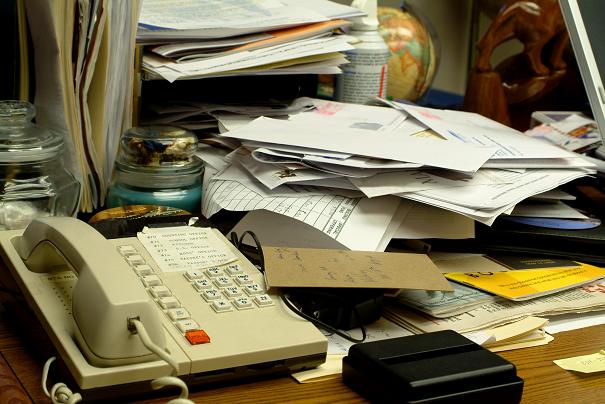- Home
- 7 Steps of Goal Setting
- Clutter Control
4 Steps to Clutter Control
Clutter control is about reclaiming your space for what you want to use it for. Are you tired of the mess? Do you want to make a change? If so, then you are not alone.
Here I give you 4 steps to decluter fast. These steps include:
- Having a clear vision of what you want to use the reclaimed space for. Without this your space will soon fill with clutter again
- Using the F.A.S.T approach
- What to keep and what to toss
- Combining the F.A.S.T approach with clutter control
1. Have a vision of your space with no clutter
Do you want to get rid of clutter but the job just seems so overwhelming? Getting rid of clutter can be a daunting prospect. This makes it easy to put off! Clarity of purpose provides momentum and motivation for clutter control, but you also need to have a vision of what you want.
Why is it important to have a clear vision of your ideal home, garage, or any space that is cluttered? By having a vision you obtain a clear idea of how you want to fill the reclaimed space. Without this, all your hard work is in vain as the reclaimed space soon fills up with other clutter.
Clutter control involves knowing how you are going to use the reclaimed space when you get rid of clutter. Having a vision of the house or room that you want also helps you to decide what to keep and what to throw out in the decluttering process.
2. Get started using the F.A.S.T approach
Often the hardest part of decluttering is the start. But once you start you create a momentum that breaks the initial inertia. You have two valid options when choosing to declutter.
- Choose the easiest area to reduce clutter
- Choose the area that is causing you the most stress.
Start with small steps in controlling your clutter - choose a closet, a drawer or a flat surface such as a desk and attempt to declutter this first. Then move systematically to the next area to get rid of clutter.
I recommend choosing the area that is causing you the most stress and use the F.A.S.T. approach. This is where your biggest gains will be!
F: Fix a time in your schedule to do it. Write it down and commit to it to increase personal responsibility and reduce your chances of procrastinating.
A: Anything not used in the last year. If you have not used the item in the last year then this has the potential to be clutter you can trash. Ask yourself the following questions:
- When was the last time you used it?
- Are you likely to use it again?
- Is it worth holding this item when it is taking up space?
S: Someone else's stuff. It is bad enough to have your own stuff that is causing clutter but when it is someone else's clutter then it is time to take charge and inform the person to pick up their belongings.
T: Trash. When getting rid of clutter the trash can is a good friend. Your clutter control goal is to keep those things that make sense in the space that you have.
3. What to keep and what to toss
Only you can answer this. If you focus on getting rid of 'stuff' you never master clutter control! A better question to ask is "Does it fit with the vision of where I want to go?" If the item fits with your vision then keep it. If it does not then donate it or use the trash can. Other questions to ask yourself are:
- When was the last time you used it?
- Will you need to use it again?
- Is the item easily replaceable or does it make you feel good?
|
4. The F.A.S.T approach and clutter control
Have four bags as you move through each area. Label each bag with "Keep", "Throw out", "Donate/Others" and "Not sure"
Keep the items that you love or that have some value that moves you towards your vision of the reclaimed space. Put items that you don't want or don't use (or are somebody elses) into the "Donate (or Others)" bag.
Put items that are broken, can't be fixed, or you think that nobody would want into the bag labeled "Throw out" If you aren't sure about whether you want to let go of the item, then put it into the "Not sure" box and label with the date and contents.
Put this in a storage area out of the way. If, in 6 months time, you have not used an item in this bag then look to donate/sell the contents to others.
An important part of clutter control is to have a place for everything and everything in its place. If you have a vision of the type of home that you want, then each item that you decide to keep has a purpose or has some intrinsic value that contributes to your vision.
The trick to being clutter free is to keep your stuff in its place and relevant and purposeful to where your life is now and where it is going. Of course your life changes and so to do your clothes, papers and other belongings.
Use your clutter control vision as a means to navigate your course. If you liked these declutter strategies then you will also like these strategies to organize your home and your garage.

New! Comments
Have your say about what you just read! Leave me a comment in the box below.